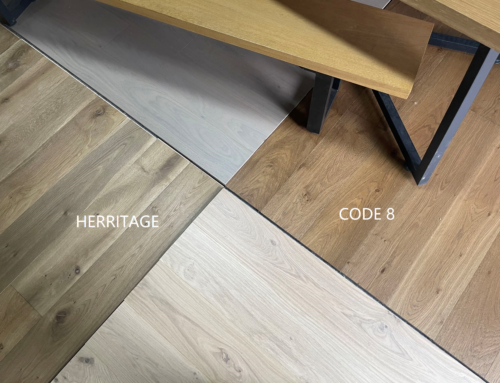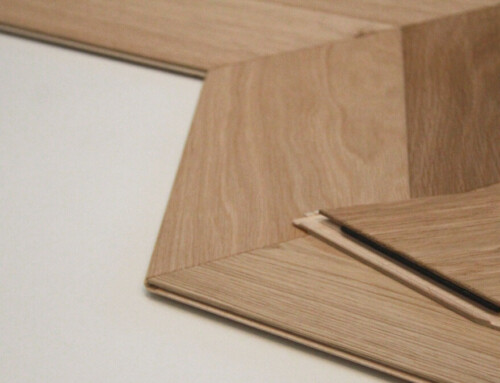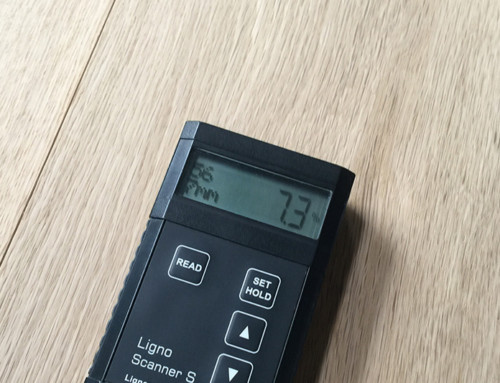Why Engineered Wood Flooring is Better for Heating System than Solid?
Solid hardwood planks are superior to engineered pieces in almost every category. The prices are very similar, solid planks can be refinished and restained multiple times, and solid hardwood has a longer life expectancy. The one area where engineered wood flooring is actually preferred over solid pieces is in regards to moisture, humidity, and conductivity.
One of the downfalls of a solely wood floor plank is that it is at the mercy of the elements, mainly water exposure and changes in the relative humidity of the room. Wood is a hygroscopic material which means that it will pick up or expel moisture until it is in equilibrium with the air in the room. When a piece of wood flooring absorbs moisture it expands and likewise when the board dries out the plank contracts.
Engineered wood flooring on the other hand is specifically constructed to provide more stability against changes in humidity. The three sections of an engineered wood floor include:
- Top Veneer – the surface piece of the engineered wood plank is a constructed from a veneer of actual solid wood that ranges usually from 1mm to 6mm thick. This top surface provides not only the looks for the floor but determines the durability by being the wear layer.
- Internal Core – the interior makeup of the engineered wood flooring gives the product it’s stability because it is constructed of 3-12+ cross hatched layers of plywood that is pressed and glued together.
- Supporting Base – creates a sturdy foundation and stability for the board to rest on.
Radiant Heat and Wood
The last couple decades have produced incredible advances in radiant in-floor heating in both the stability of the systems as well as their associated popularity among homeowners. Radiant floor heating is a popular choice for those looking to create a more energy efficient home as it provides warmth through a series of water or electrical tubes compared to a costly furnace. Since radiant heat rises from the floor instead of being put into a room by a forced air system that spreads dander and debris, it is also the heating of choice for allergy suffers. Additionally, radiant floor systems heat the room in an even manner without ‘bare spots’ so it is simply a more comfortable option.
The most common place for a radiant floor heating system is in a bathroom, not only because cold floors can be brutal but because porcelain or ceramic tiles as typically installed in a restroom are the best conductors of warmth. Of course this would mean homeowners would seemingly have to make a decision between luxurious wood flooring in rooms such as a kitchen, bedroom, or living room where they can really add value – or tile the whole house but enjoy warm floors as a result.
This brings us back to the main advantage of an engineered wood flooring over solid hardwood planks – the stability. Temperature fluctuations, especially directly underneath the hardwood planks, are going to cause the pieces to expand and contract more frequently, causing gaps or cupping. Because of the internal stability of the engineered wood’s core the planks can withstand these changes more efficiently.
Floating Floor Installation Advantage
It would be a lie to say that engineered wood flooring isn’t affected in some way by radiant tubes creating heat from underneath. The way that engineered floors outperform their solid hardwood counterparts though are with the floating installation. Engineered planks are ‘clicked’ together and either left to float or glued down to a subfloor. Either way the result allows the entire floor to move as one unit which helps to prevent boards buckling, swelling, or gapping away from each other. Solid hardwood planks are conversely each nailed down to the subfloor which doesn’t allow for any ‘floating.’
Finally, the Warranties
Some flooring experts will boast that 3/4” solid hardwood flooring can be used in conjunction with radiant in-floor heating provided it is quartersawn (ripped from the log so the grain is horizontal instead of vertical). That may be true but it is almost impossible to find a manufacturer that creates warranty provisions for their product to be installed over hardwood. On the other hand most engineered flooring manufacturers will allow their products to be installed over radiant flooring as long as their specifications for subfloor, relative humidity, and temperature restrictions are followed.
There’s no doubt that on it’s own solid hardwood flooring is more appealing than any other kind. That being said the elegant looks of wood coupled with warmth and energy savings from radiant heat is a tough combination to beat.




